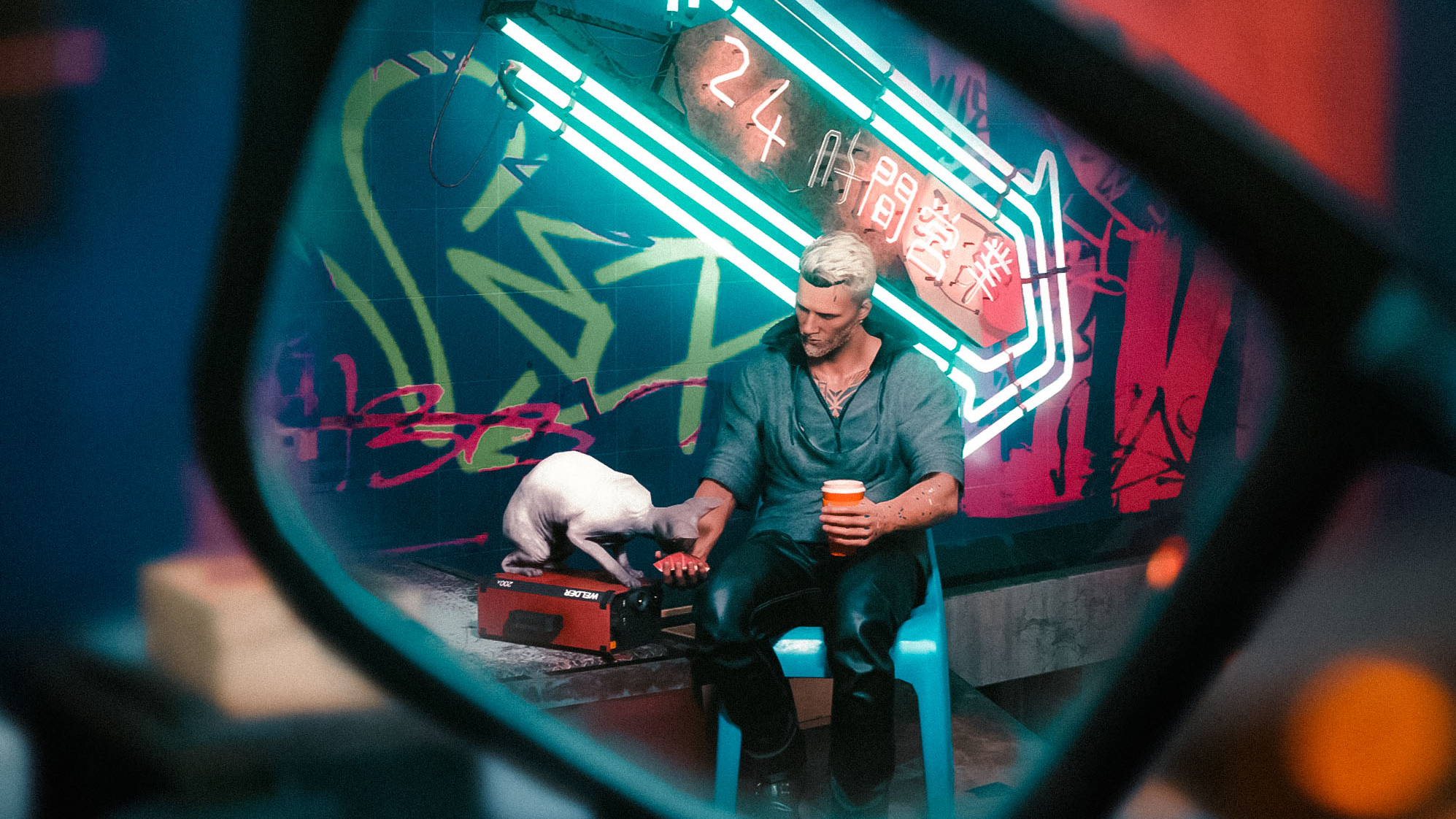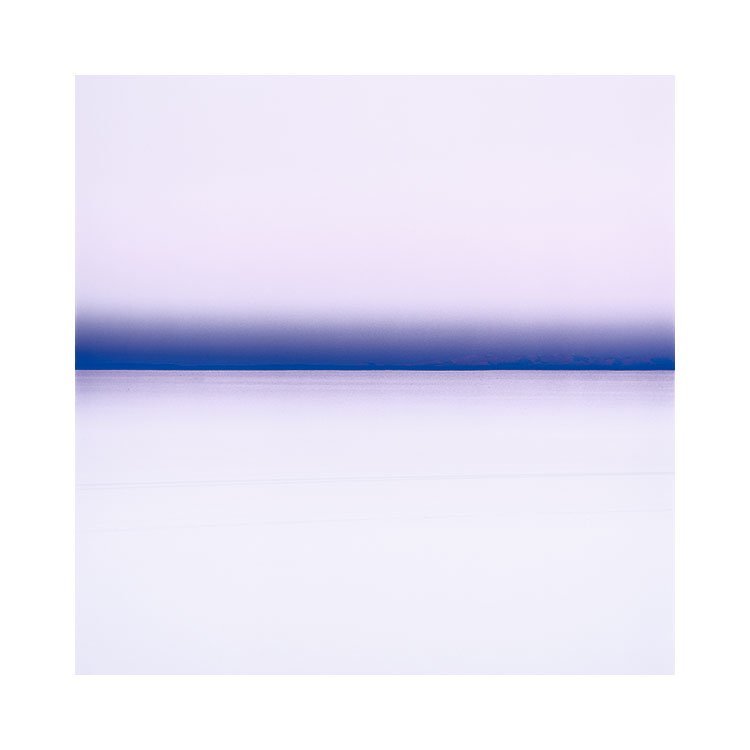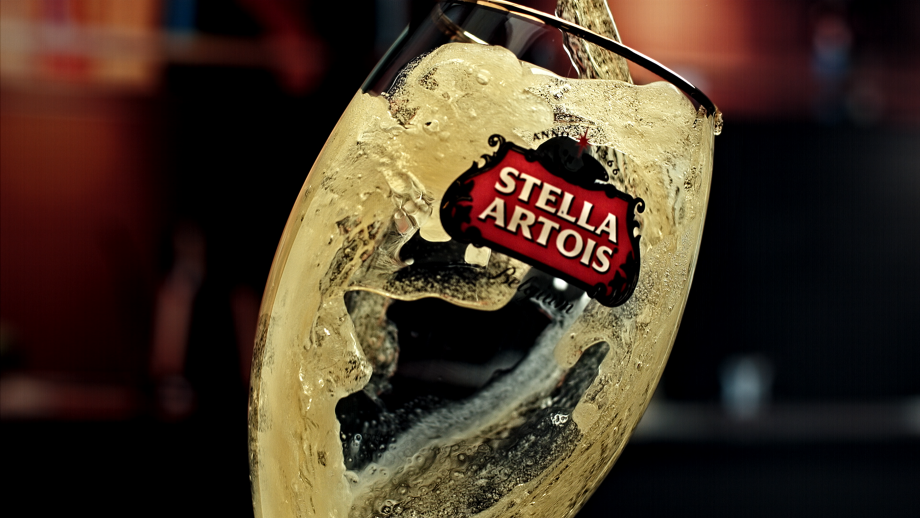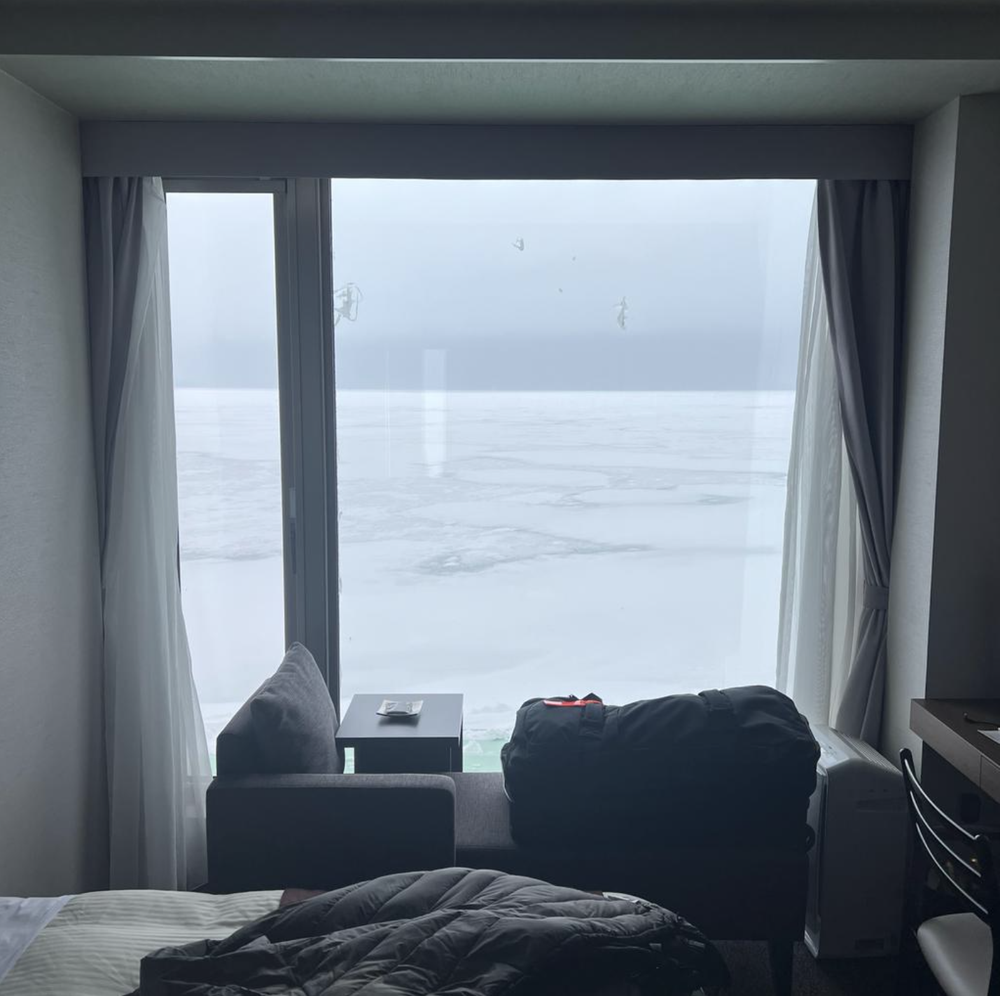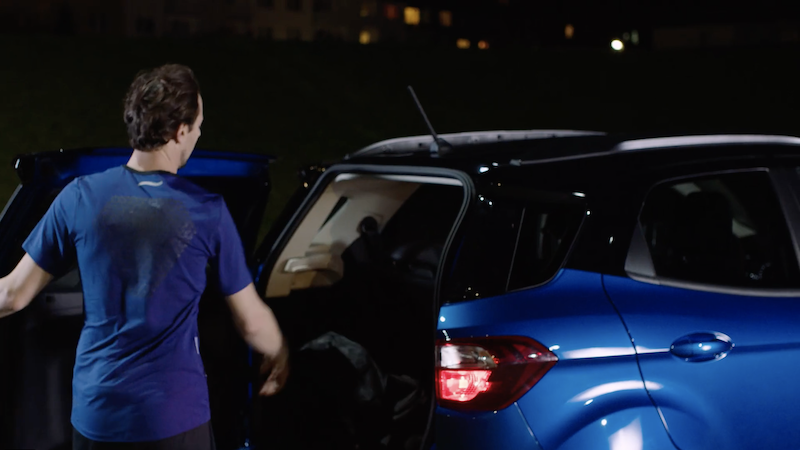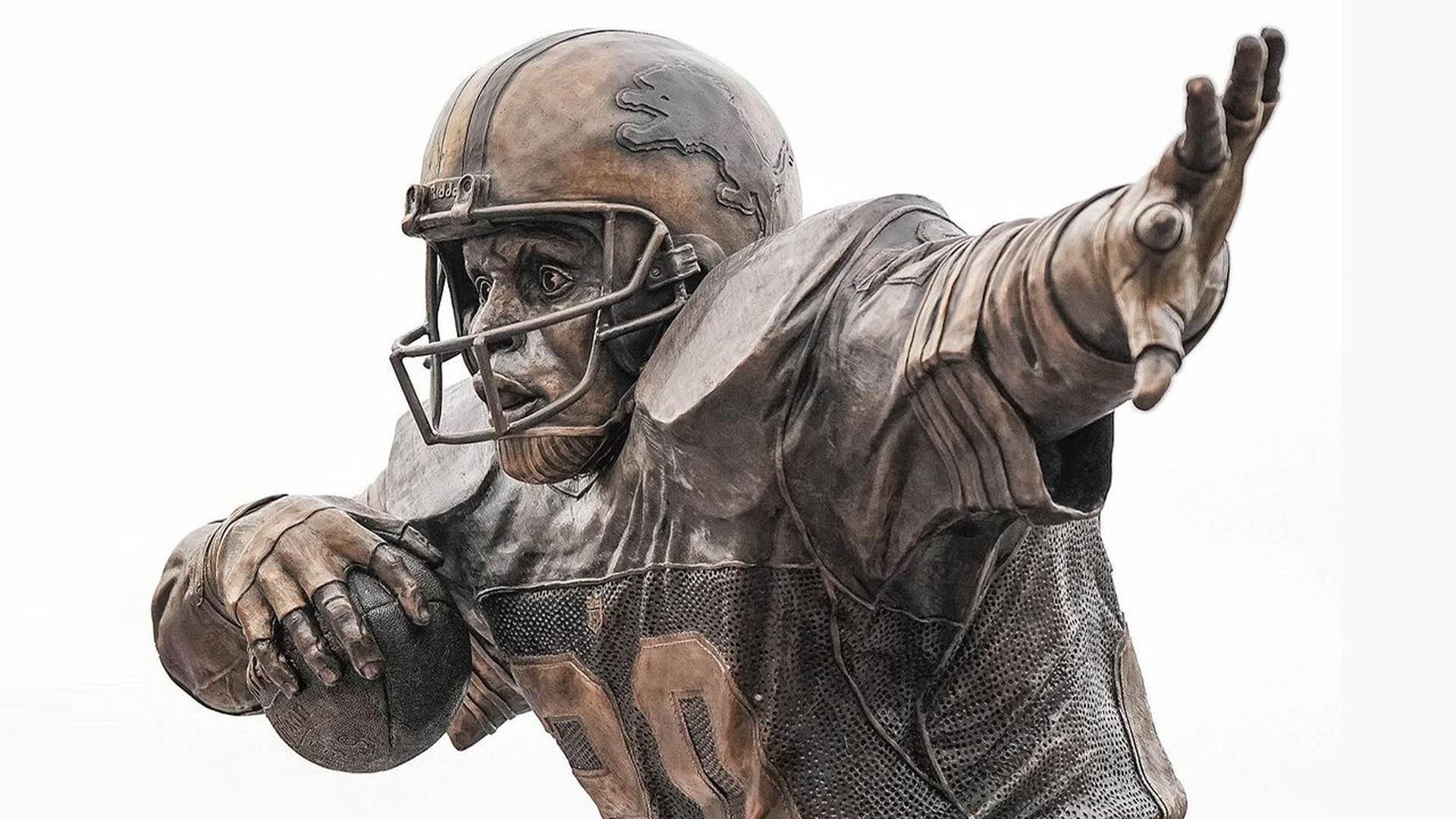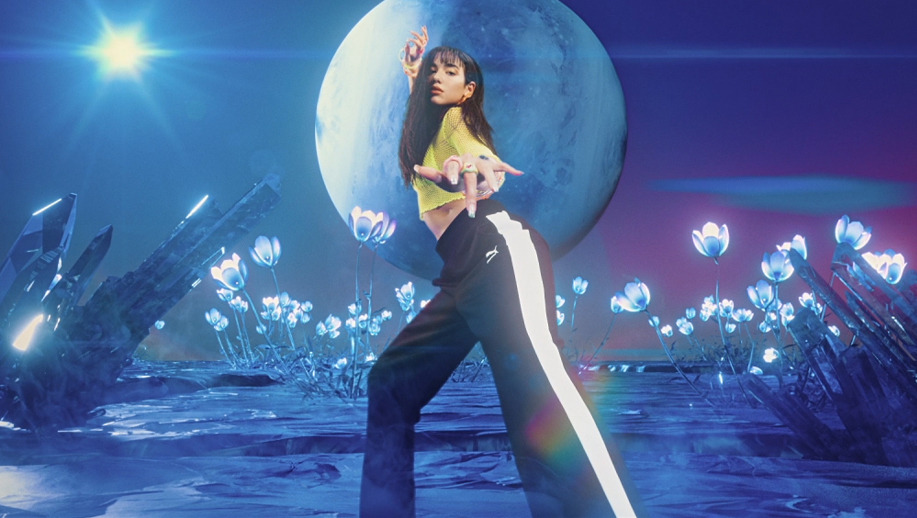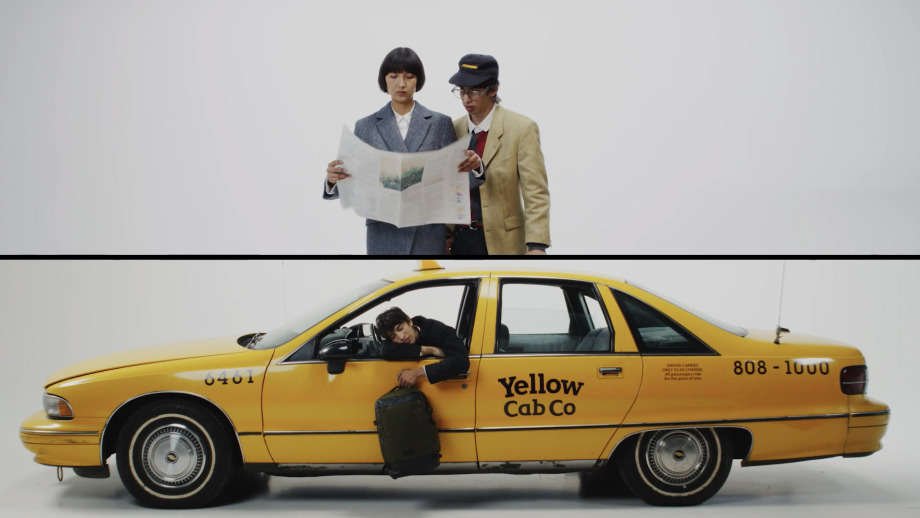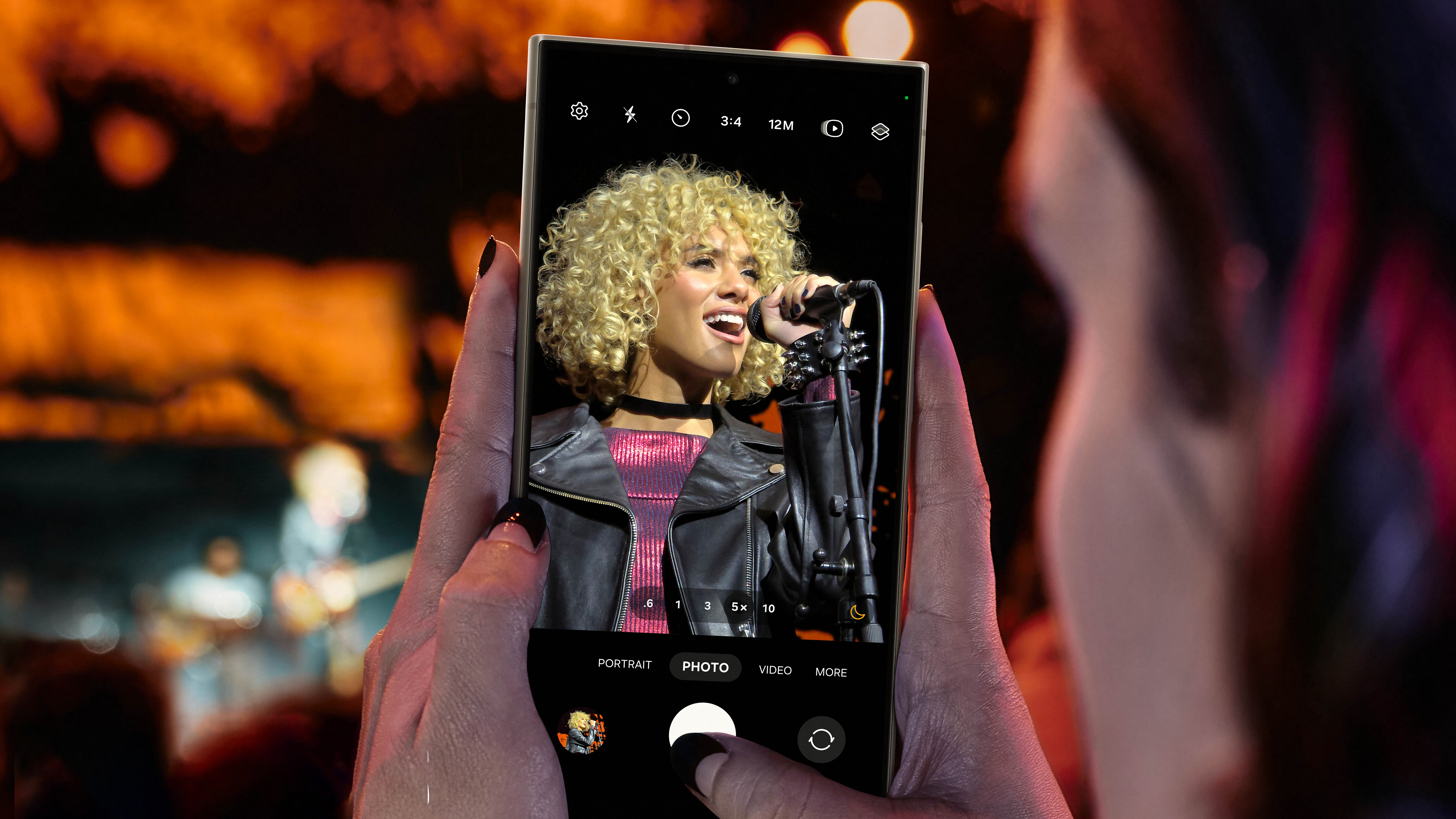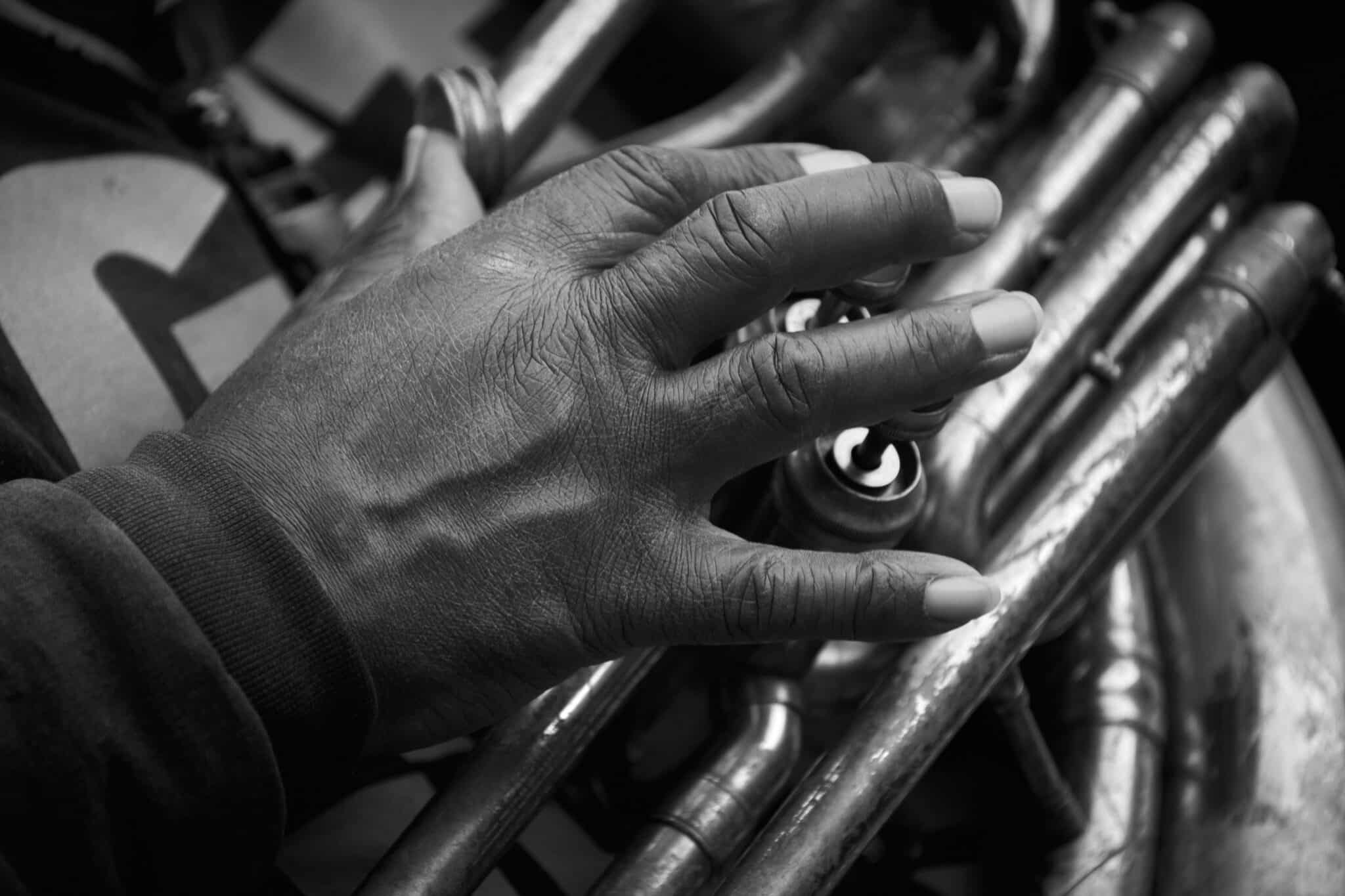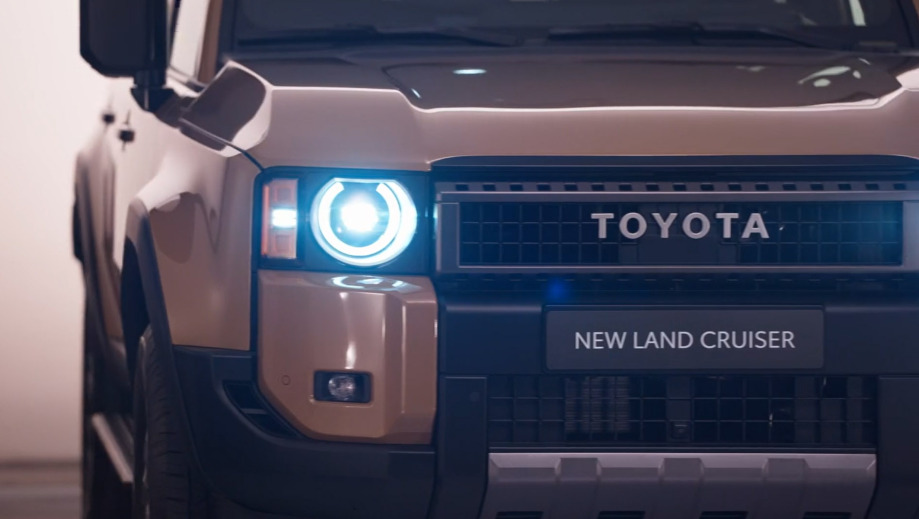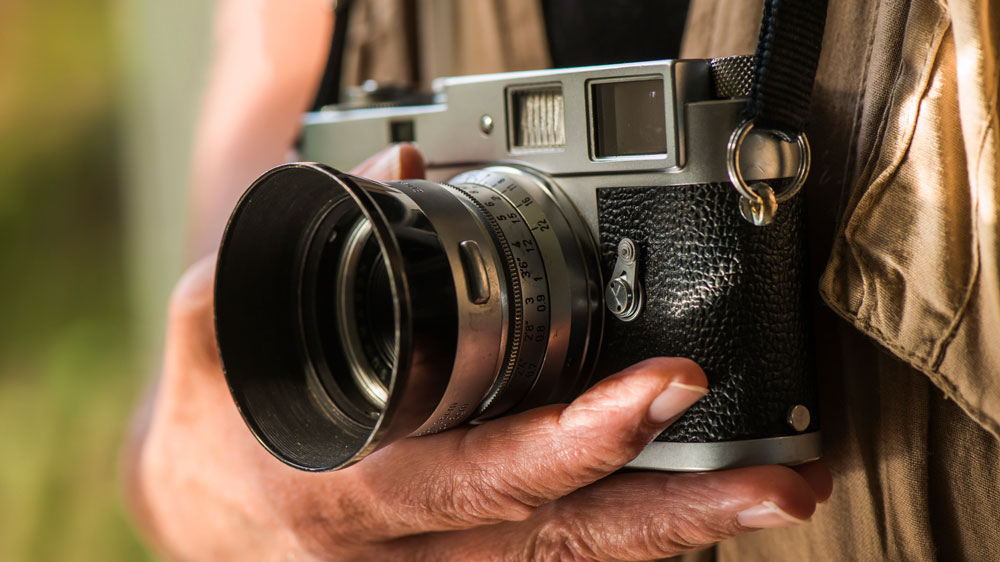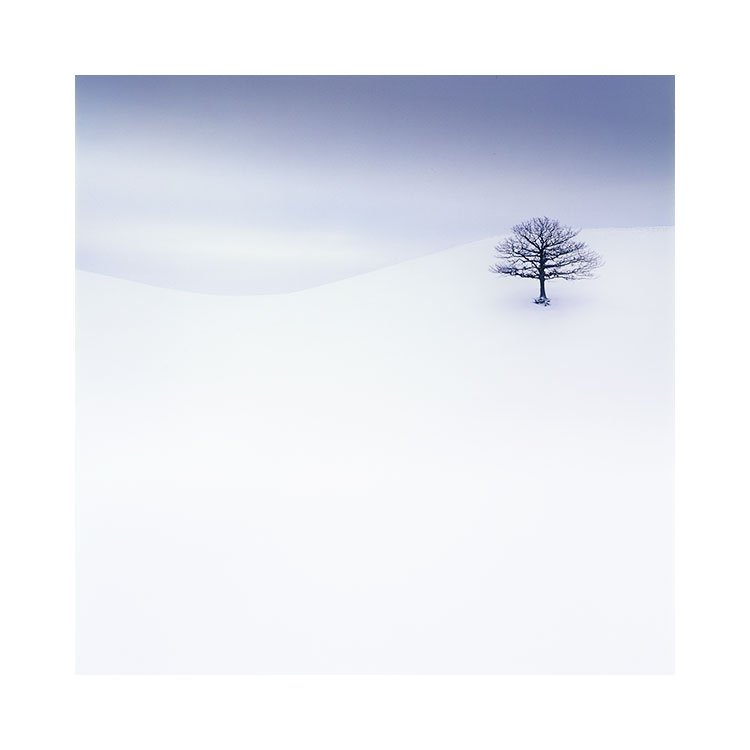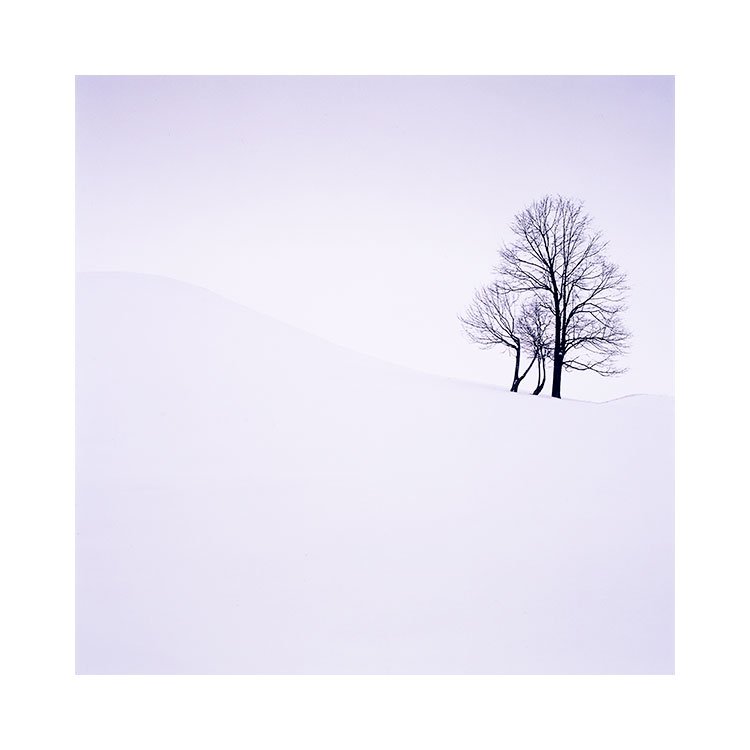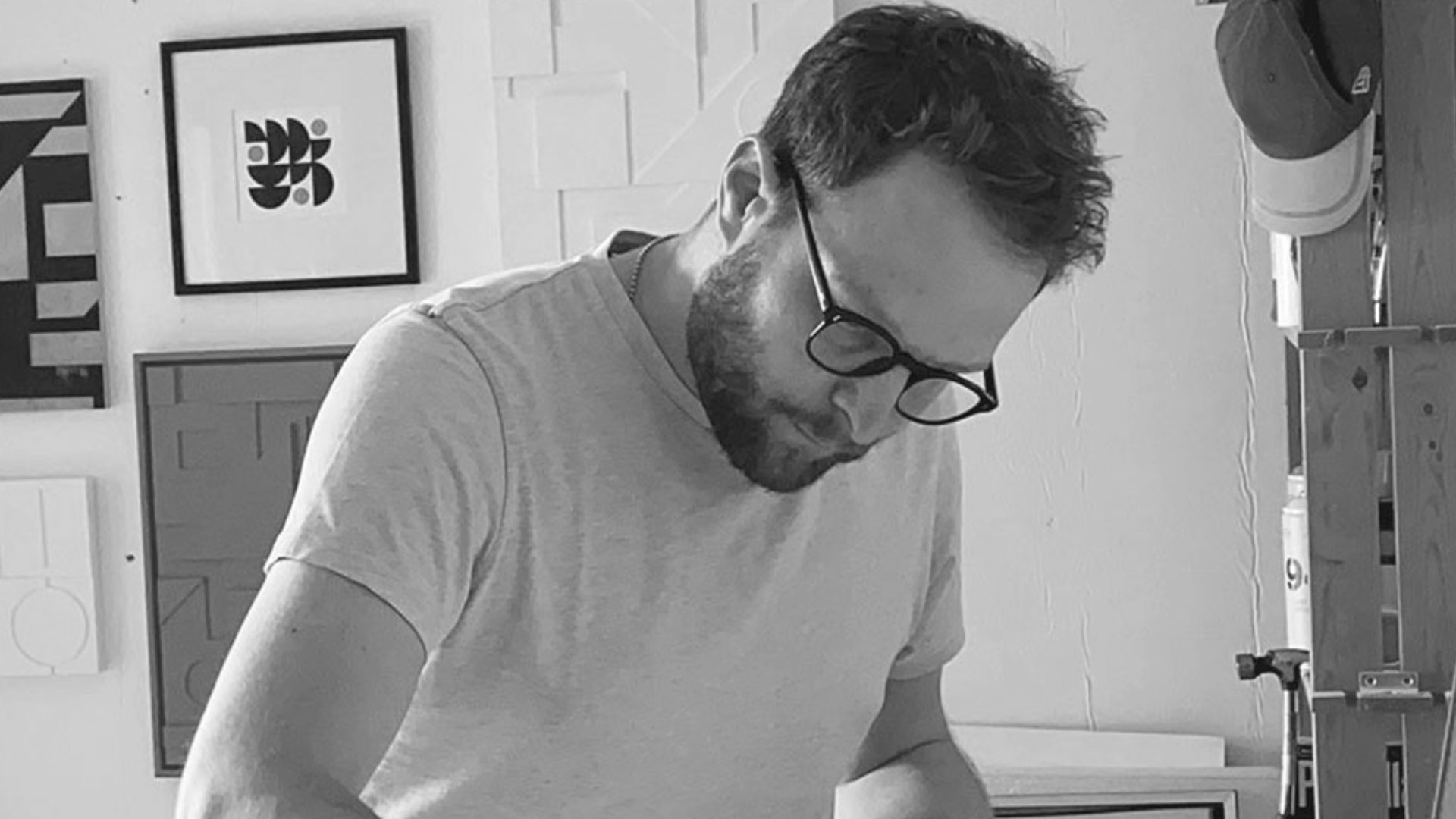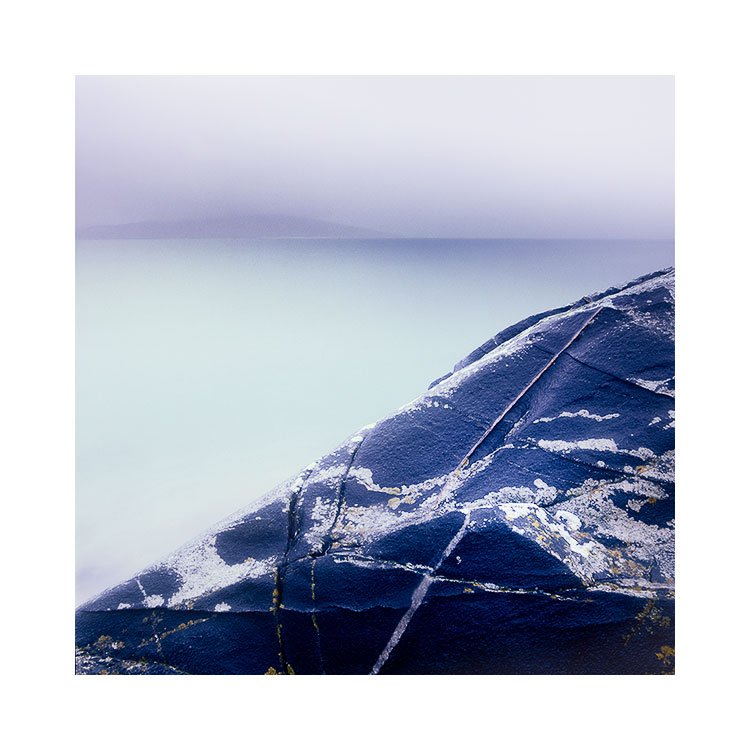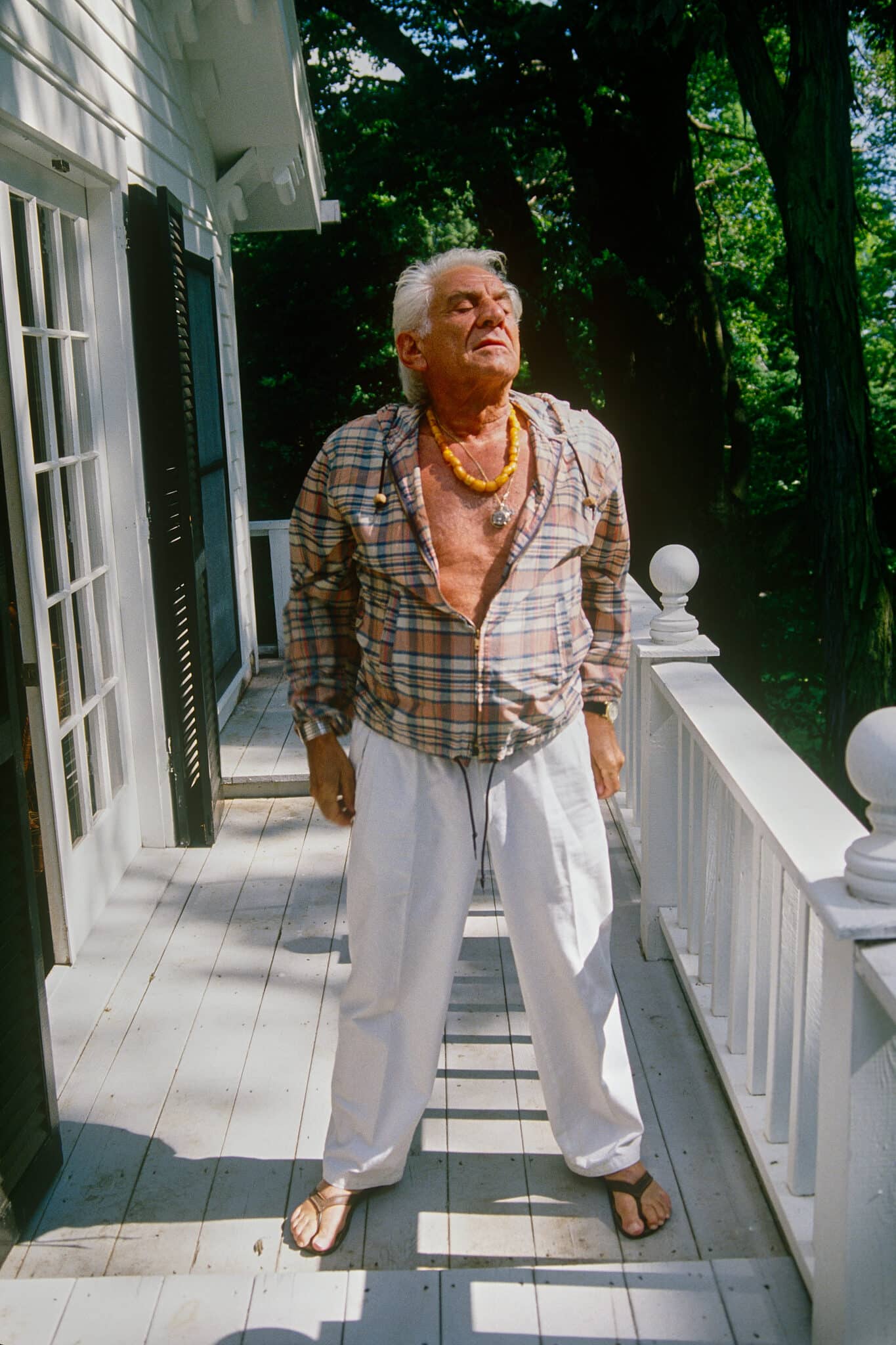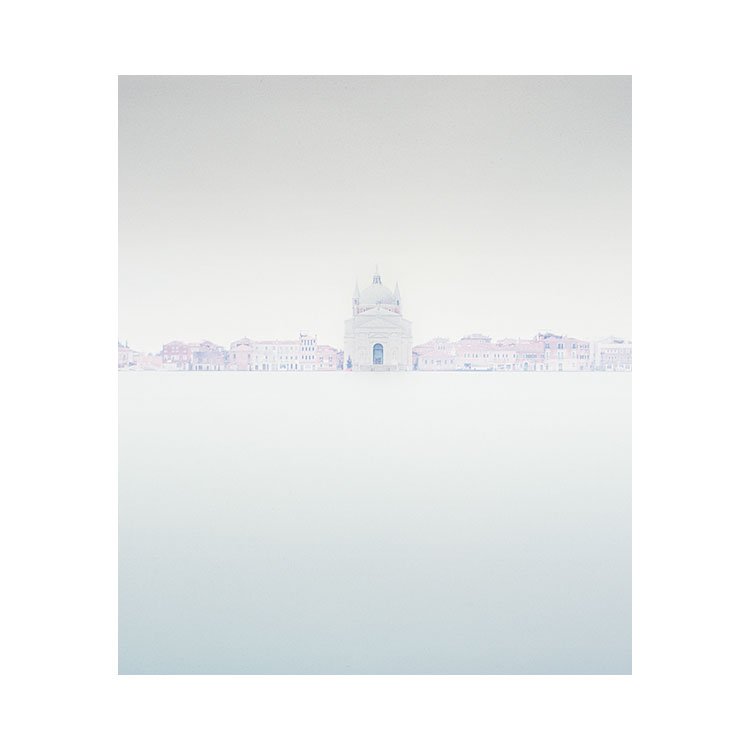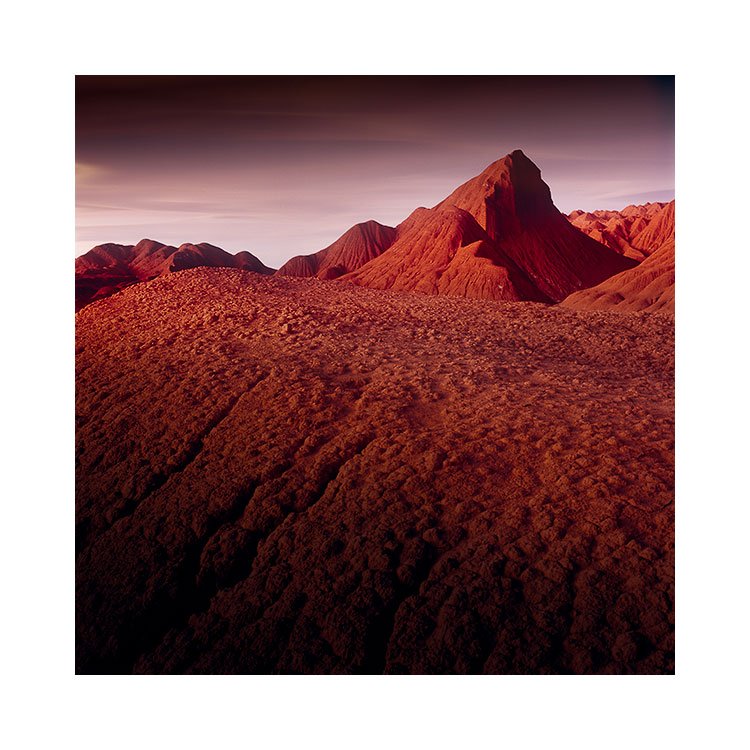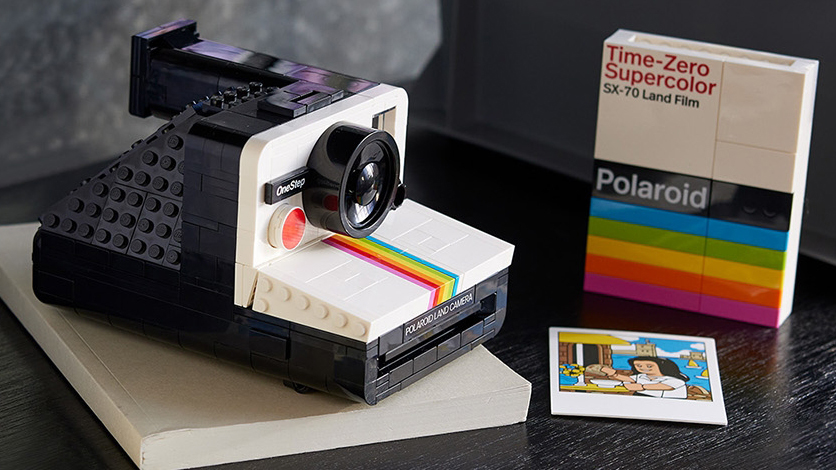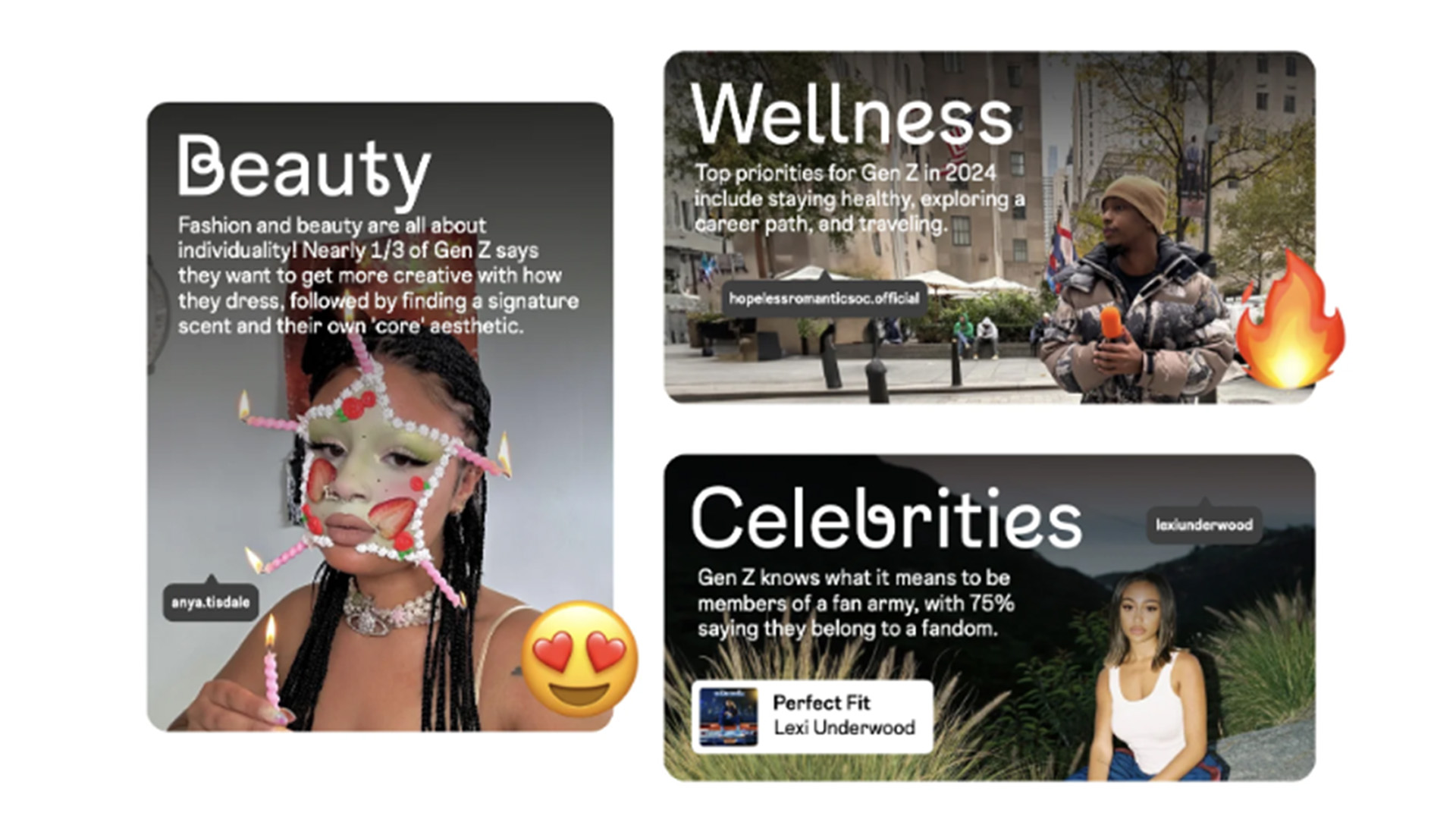Photographers
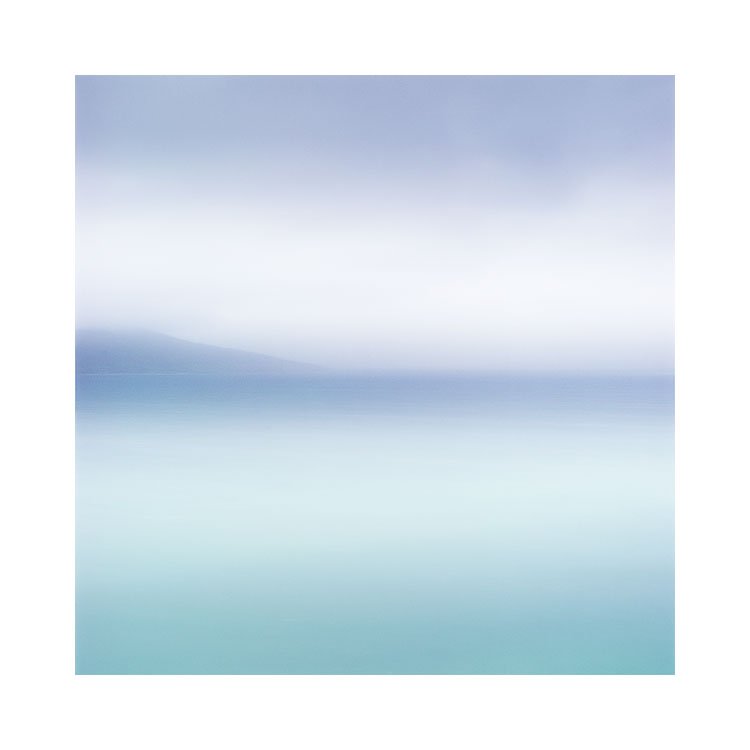
Put yourself in a nowhere place
The Art of Adventure - Bruce PercyBy putting yourself in a space that has no specific ‘main subject’, can be a great learning experience.
Beaches where there is no background subject or foreground interest are ‘nowhere’ spaces that you can use. They remove any chance of you finding a ‘main subject’ (what I like to refer to as a security blanket) with which to work with simplifying your photography.

It can be a daunting experience to be somewhere that you see ‘nothing to photograph’. I would suggest that the best way to start is to simply get the camera out of the bag and set it up and switch on the live-view. This may seem rather obvious but I think it is hard to visualise anything with our eyes by simply looking around.
Something seems to happen to us when we set up our camera on a tripod and aim it at the horizon. What may have appeared to be a nowhere place, turns into something much more when we see it pop up on the back of our live-view. For one thing, cameras see ‘linearly’ so tend to pick up on the subtle variances in tone of the sand or sky. Our eye tend to tell us that the sand is all the same tone when it isn’t. Same for sky. By forcing our eyes to look at the camera live-view, we are now seeing a picture, rather than trying to imagine one with our mind’s eye. It’s a subtle difference but it is a big one in terms of helping you get started.
I have found that doing this in different weather conditions leads to different kinds of pictures. What was first thought of as a place that has nothing, can soon turn into a place that offers up so many possibilities each time you return.
What was considered empty soon starts to appear to be not empty at all as you begin to work with the subtleties of the tones in the beach and sky. Working with different shutter speeds can also help you turn what might seem rather ordinary into something more visually appealing.
This is why I like to come to the Isle of Harris here in Scotland. Although the landscape is extremely beautiful, it is also extremely absent of ‘main subjects’ to use in your compositions. I have found over my time of working there, that Harris offers a lot in terms of different climatic conditions, which in turn affect the quality of the light, and bring different atmospheres.
I have found over the years that I tend to now seek less cluttered places. It is not because I wish to work on minimalist compositions, but it is just because I have found that the more I work with less, the more I start to see how much there is, still in the frame.
Simple comes in varying degrees for all of us: what you may initially think of as simple, can after a while, appear to be more complex than you had first thought. After some years of working in less cluttered places, I have found it very hard to go back to more ‘traditional’ scenes. They are simply too complex, and have far too much going on.
If this isn’t something you have tried before, then I can only suggest that you try putting yourself in a nowhere place. You may just find that by stripping back the layers, you are able to see that there is yet more to uncover.

